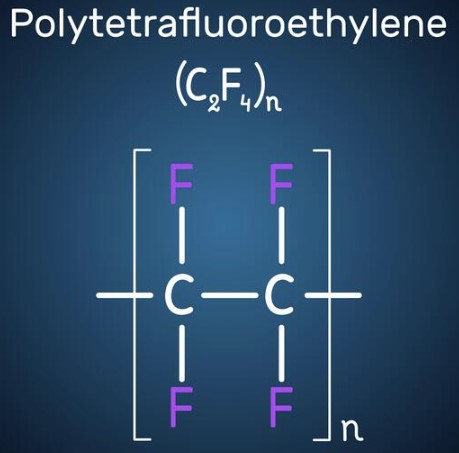Silicon Carbide: General Properties; Preparation; Grades
Jan 12,2024
General Properties
Silicon carbide (SiC), relative molar mass 40.097, is an important advanced ceramic with a high melting point (2830°C), a high thermal conductivity (135 Wm–1K–1), and extremely high Mohs hardness of 9. Silicon carbide is also has a wide band gap for a semiconductor (2.3 eV). Silicon carbide was initially used to produce grinding wheels, whetstones, knife sharpeners, and powdered abrasives.
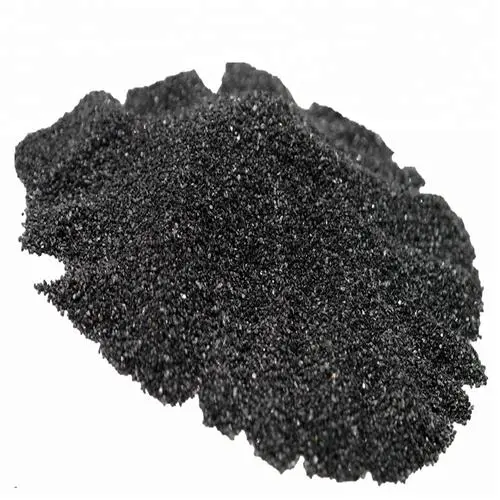
Polymorphism and polytypism
Silicon carbide has two polymorphs. At temperatures above 2000°C alpha silicon carbide (α-SiC), with a hexagonal crystal structure, is the more stable polymorph with iridescent and twinned crystals with a metallic luster. At temperatures lower than 2000°C, beta silicon carbide (β-SiC) exhibits a face-centered cubic (fcc) crystal structure.
Moreover, α-SiC exists as different hexagonal polytypes with a carbon atom situated above the center of a triangle of Si atoms and underneath a Si atom belonging to the next layer. The difference between polytypes is the stacking sequence between succeeding double layers of carbon and silicon atoms. If the first double layer is called the A position, the next layer that can be placed according to a close-packed structure will be placed on the B position or the C position. The different polytypes will be constructed by permutations of these three positions.
The different polytypes exhibit different electronic and optical properties. The bandgaps at 4.2 K of the different polytypes range between 2.39 eV for 3C-SiC and 3.33 eV for the 2H-SiC polytype. The important polytypes 6H-SiC and 4H-SiC have bandgaps of 3.02 eV and 3.27 eV, respectively. All polytypes are extremely hard, chemically inert, and have a high thermal conductivity.
Preparation
The preparation of silicon carbide involves the reaction of silica sand (SiO2) and carbon (C) at a high temperature (between 1600 and 2500°C): SiO2(s) + C(s) —> SiC(s) + CO(g).
The Acheson process is widely used to manufacture silicon carbide. The process was widely used in the manufacture of silicon carbide and was the only industrial process for the manufacture of bulk abrasive materials until the mid-1950s. The simplicity of the process makes it useful for production of huge quantities of silicon carbide suitable for grinding and cutting purposes. Some of the material produced by the Acheson process may, however, have adequate quality for electronic device production. A mixture of 50 wt.% silica, 40 wt. coke, 7 wt.% sawdust, and 3 wt.% rocksalt is heated in an electric resisting furnace. The mixture is then heated to reach a maximum temperature of ca. 2700°C, after which the temperature is gradually lowered. After the furnace has been fired, the outermost volume, which did not reach such high temperatures, consists of an unreacted mixture. Inside this is a volume where the temperature has not reached 1800°C. In this volume the mixture has reacted to form amorphous SiC. Close to the resistor, where the highest temperatures are obtained, SiC will be produced at first. As the temperature increases in the furnace, this will decompose again into graphite and silicon. The graphite will remain at the core; however, silicon reacts again with carbon to form SiC in colder parts of the furnace. The outer layer of graphite contains SiC in the form of threads of crystallites radiating from the core.
Lely process: The process is similar to that observed in the voids and channels of the Acheson process. Lumps of SiC are packed between two concentric graphite tubes. The inner tube is thereafter withdrawn, leaving a cylinder of SiC lumps inside the outer graphite tube called the crucible. The crucible is closed with a graphite or SiC lid and placed inside a furnace. The crucible is heated to ca. 2500°C in an inert atmosphere of argon at atmospheric pressure. At this temperature SiC sublimes appreciably, leaving a graphite layer at the outermost part of the cylinder, and small platelets start to evolve from the innermost parts of the SiC cylinder. These platelets successively grow to larger sizes during a prolonged heating at this temperature. Each platelet is attached on one edge to an original lump of SiC. On the top and bottom of the cylinder a thick dense layer of SiC is formed. The quality of these crystals can be very high; however, the yield of the process is low, the sizes are irregular, the shape of the crystals is normally hexagonal, and there exists no polytype control.
The modified Lely process: In the modified Lely technique, SiC powder or lumps of SiC are placed inside a cylindrical graphite crucible. The crucible is closed with a graphite lid onto which a seed crystal is attached. The crucible is heated to ca. 2200°C normally in an inert argon atmosphere at a reduced pressure. A temperature gradient is applied over the length of the crucible in such a way that the SiC powder at the bottom of the crucible is at a higher temperature than the seed crystal. The temperature gradient is typically kept in a range on the order of 20 to 40°C/cm. The SiC powder sublimes at the high temperature and the volume inside the crucible is filled with a vapor of progressive composition (e.g., Si2 C, SiC2, Si2 , and Si). Since the temperature gradient is chosen such that the coldest part of the crucible is the position of the seed, the vapor will condense on this and the crystal will grow. The growth rate is largely governed by the temperature, the pressure, and the temperature gradient; however, experiments have shown that also the source-to-seed distance may have some influence. It has also been experimentally confirmed that different growth temperatures and the orientation of the seed crystal give rise to different polytypes.
Grades of Silicon Carbide
Several commercial grades of SiC are available on the market:
(i) Electrically conductive sintered alpha silicon carbide. This is a dense type of SiC and has superior resistance to oxidation, corrosion, wear, and chemical attacks. The singlephase SiC also has high strength and good thermal conductivity.
(ii) Black silicon carbide (98.5 wt.% SiC) is composed of premium-grade, medium-highdensity, high-intensity magnetically treated SiC in which most impurities have been removed from the carbide.
(iii) CVD silicon carbide (99.9995 wt.% SiC) is a unique type of silicon carbide due to its purity, homogeneity, and chemical and oxidation resistance. It is thermally stable, is very cleanable and polishable, and is dimensionally stable.
(iv) Green silicon carbide (99.5 wt.% SiC) is an extremely hard synthetic material that possesses very high thermal conductivity. It is also able to maintain its strength at elevated
temperatures. General applications of green SiC are in aerospace, blasting, coatings,
composites, refractories, compounds, and kiln furniture, and it is used as an abrasive
as honing stones, lapping, polishing, sawing silicon and quartz, and in grinding wheels.
- Related articles
- Related Qustion
- The structure of Silicon carbide Apr 22, 2024
Silicon carbide (SiC) is fundamental in many emerging technologies, such as power electronics, optoelectronics, and quantum computing.
From a chemical point of view, PTFE is one of the most chemically inert materials known apart from glass, tantalum, platinum, and iridium for servicing in various severely corrosive chemicals, even at high temperatures.....
Jan 12,2024Organic ChemistryThe classification of refractories can be approached in a number of different ways: chemical composition, type of applications, or operating temperature range.....
Jan 12,2024APISilicon carbide
409-21-2You may like
- Silicon carbide
-
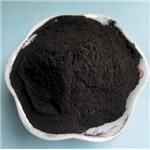
- $1180.00 / 10Tons
- 2024-04-28
- CAS:409-21-2
- Min. Order: 10Tons
- Purity: 99%
- Supply Ability: 100Tons
- Silicon carbide
-
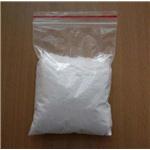
- $10.00 / 1kg
- 2023-07-27
- CAS:409-21-2
- Min. Order: 1kg
- Purity: 99.99%
- Supply Ability: 50000tons
- Silicon carbide
-
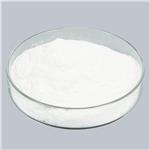
- $10.00 / 1kg
- 2023-07-22
- CAS:409-21-2
- Min. Order: 1kg
- Purity: 99.99%
- Supply Ability: 50000tons




